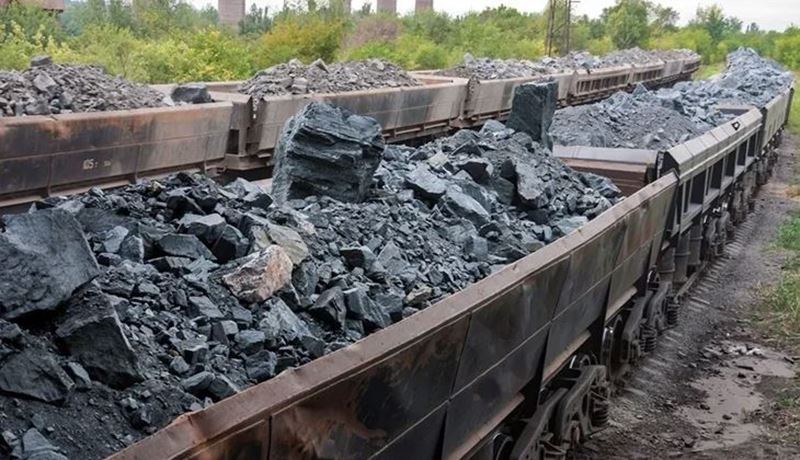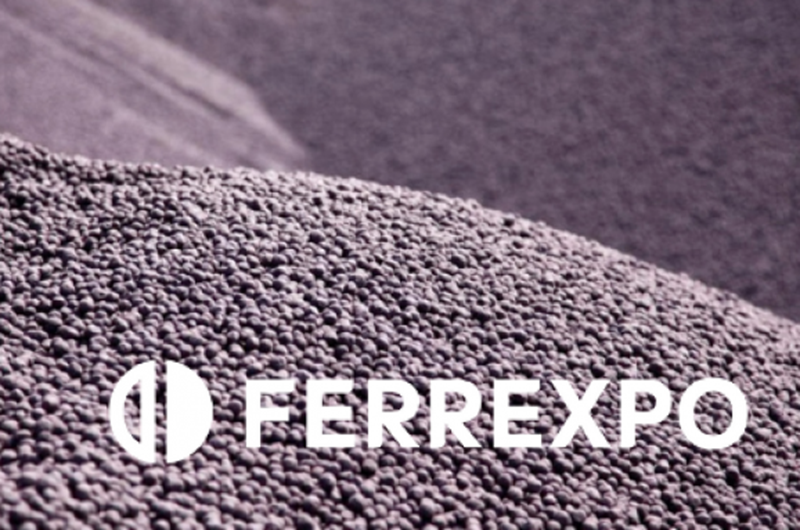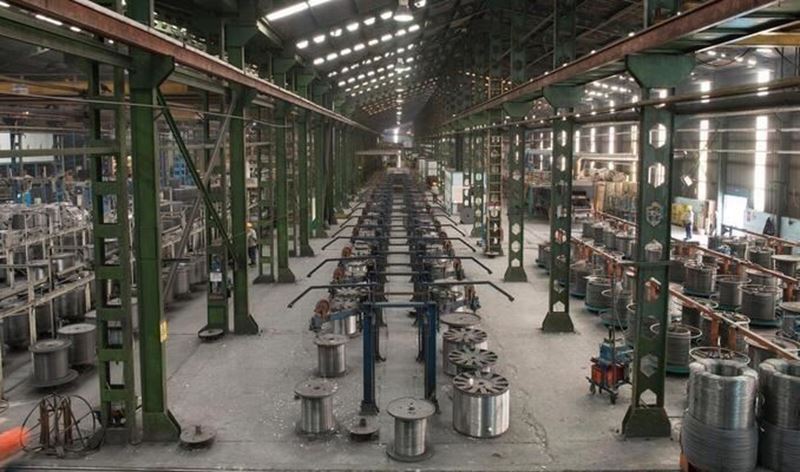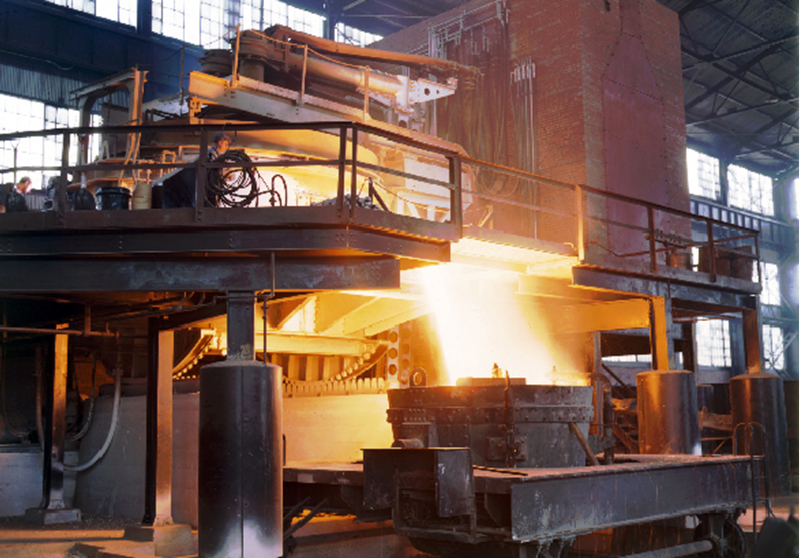The European Union increased its iron ore imports from Ukraine by 16% in July compared to the previous month. This shows an increase in demand for the raw material.
However, during the same period, European steelmakers reduced their iron ore imports from Ukraine by 15.2% y-o-y. This could be a reflection of the uncertainties and difficulties in production in Ukraine.
In July 2023, the European Union increased its iron ore imports from Ukraine by 16% m-o-m to 1.14 million tons. In monetary terms, imports of the raw material rose by 13% from June to €131 million.
Iron ore imports from Ukraine naturally increased by 5.3% for European steelmakers in July 2023, compared to July 2022. However, this represents a 13.6% decrease in raw material supplies compared to the same period last year.
In January-July, the European Union imported 8.02 million tons of iron ore from Ukraine. This figure is 15.2% lower compared to the same period in 2022. Moreover, import costs for European steel producers amounted to €947.95 million in this period, down 27.6% compared to the same period a year earlier.
6.2% of Turkey's iron ore comes from Ukraine
Turkey remains an important consumer of iron ore from Ukraine. In January-May 2023, 257.5 thousand tons of iron ore were shipped to Turkey. This figure represents a year-on-year increase of 9.4 percent. Last year, Ukraine became Turkey's 4th largest iron ore supplier, supplying 6.2 percent of Turkey's iron ore imports.
Slovakia made the most purchases in Europe
In January-June 2023, Slovakia was the largest consumer of Ukrainian iron ore, accounting for 30% of total exports by monetary value. The Czech Republic ranked second with 24.7% and Poland third with 19.6%.
As a result, Ukraine's iron ore production is suffering from war and port closures. However, increasing demand from the European Union keeps the sector's hopes for future recovery alive.











Comments
No comment yet.